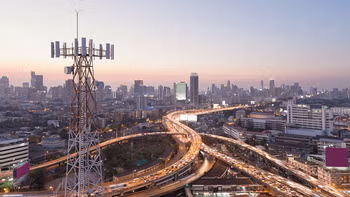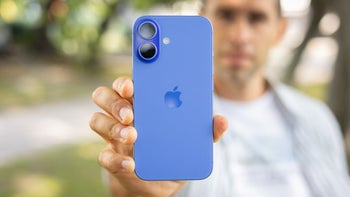Before the Moto X, there was the Motorola DROID X

Motorola's full-page ad for the DROID X made fun of the Apple iPhone 4's connectivity problem
Motorola used the DROID X in a couple of ads poking fun at Steve Jobs and the Apple iPhone 4. As many of you recall, Jobs blamed consumers for the antenna-based connectivity problem that marred the launch of the first major iPhone re-design. The late executive said that iPhone 4 users were holding the phone wrong. Motorola responded with a full-page ad in the New York Times that pointed out that the DROID X was the kind of phone that could be "held any way you want." When Apple decided to send out free rubber bumpers to iPhone 4 owners as a way to fix the connectivity issue, Motorola struck again with another full-page ad. This time, the manufacturer said that with the DROID X, there were "No jackets required."
The Motorola DROID X carried that aforementioned 4.3-inch screen with a 480 x 854 resolution. Under the hood you would have found a TI OMAP single-core chip, running at a clock speed of 1GHz. 512MB of RAM was inside along with 8GB of native storage. Motorola added a 2GB microSD card that was pre-installed on the phone. Users ended up with 6.5GB of internal storage at their disposal. The rear camera weighed in at 8MP and the 1540mAh battery could be removed. The DROID X launched with Android 2.1 running the show, and received updates to Android 2.2 and Android 2.3.
To say that we were impressed with the Motorola DROID X would be an understatement. We gave the DROID X a 9.5 out of 10 in our review, which you can read by clicking on this link.











Things that are NOT allowed: